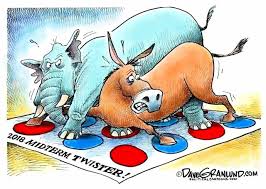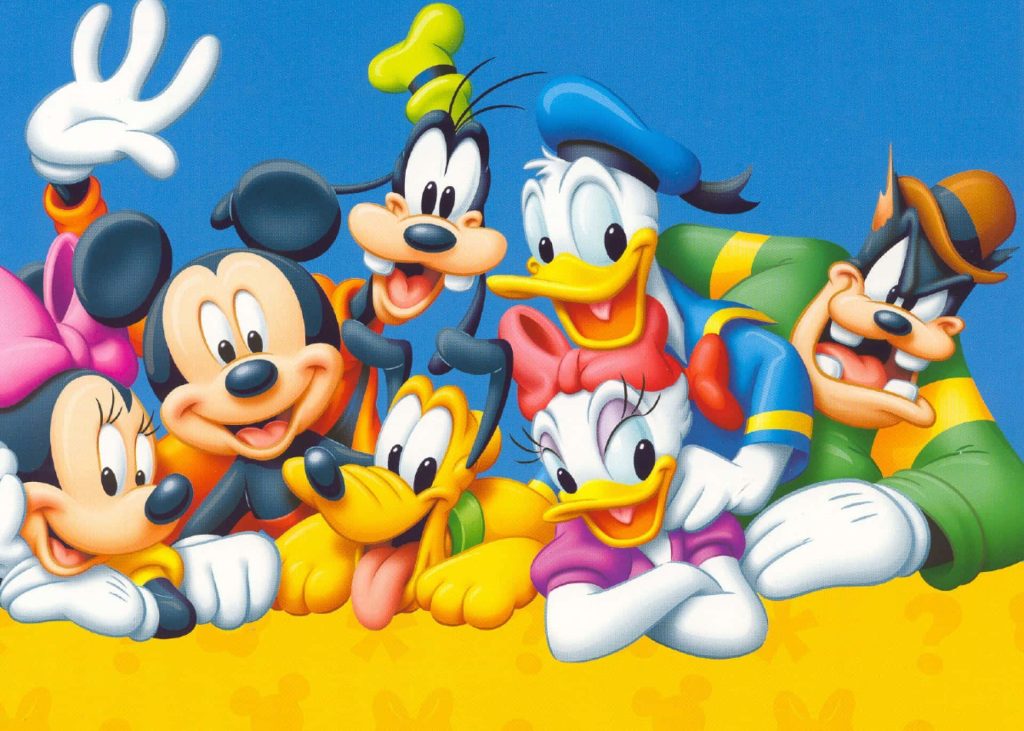The Evolution of Cartoon History: From Early Beginnings to Modern Animation
Cartoons have a rich history, dating back centuries before becoming the global entertainment phenomenon they are today. Their origins can be traced to the early 19th century when artists used caricatures and simple drawings to express social and political commentary. In Europe, satirical magazines like Punch (1841) popularized these illustrations, which often depicted exaggerated human features to critique societal issues.
The birth of the comic strip in the late 1800s marked a significant turning point in cartoon history. Characters

like The Yellow Kid (1895) in the New York World became widely recognized, with their visual storytelling becoming increasingly popular. The combination of humor, art, and storytelling laid the foundation for the cartoon industry’s future growth.
The early 20th century saw cartoons enter a new medium—film. Winsor McCay’s Gertie the Dinosaur (1914) is often cited as one of the earliest examples of character animation. The innovation of motion pictures allowed for the creation of animated shorts, with Walt Disney emerging as a pivotal figure. Disney’s Steamboat Willie (1928), featuring Mickey Mouse, marked the first synchronized sound cartoon and revolutionized the industry, propelling animated films into the mainstream.
As technology advanced, so did cartoons. In the 1930s and 1940s, studios like Warner Bros. produced iconic characters like Bugs Bunny, Daffy Duck, and Porky Pig, who became enduring symbols of American pop culture. Television further expanded cartoon viewership in the 1950s and 60s, with shows like The Flintstones and Looney Tunes captivating audiences across generations.
In the late 20th century, cartoons began to diversify, with anime from Japan gaining worldwide popularity. Shows like Pokémon and Dragon Ball Z introduced new artistic styles and storytelling techniques. The digital age also transformed the industry, allowing for computer-generated imagery (CGI) to create visually stunning animated movies like Toy Story (1995), ushering in a new era of animation.
Today, cartoons remain a dynamic art form, blending humor, culture, and technology to tell stories that continue to entertain and inspire people of all ages.


